With the exception of some species, most fish must spend their entire lives underwater.
Now, accidents happen when you’re cleaning out your pet fish tank, and many fish species can and do jump right out of the aquarium. So, you might be wondering, how long can a fish live out of water?
Generally, a pet coldwater and tropical fish can survive out of water for between a few minutes and a couple of months, depending on the species and the surrounding environment.
Read this fascinating guide to learn more.
How Do Fish Breathe In The Water?
Fish need oxygen to survive. However, unlike you and me, most fish have gills rather than lungs. A fish’s gills are branched structures containing networks of minute blood vessels called capillaries. Whenever the fish opens its mouth, it pulls water across the gills. The capillaries extract dissolved oxygen from the water and circulate it around the creature’s body to the tissues and vital organs.
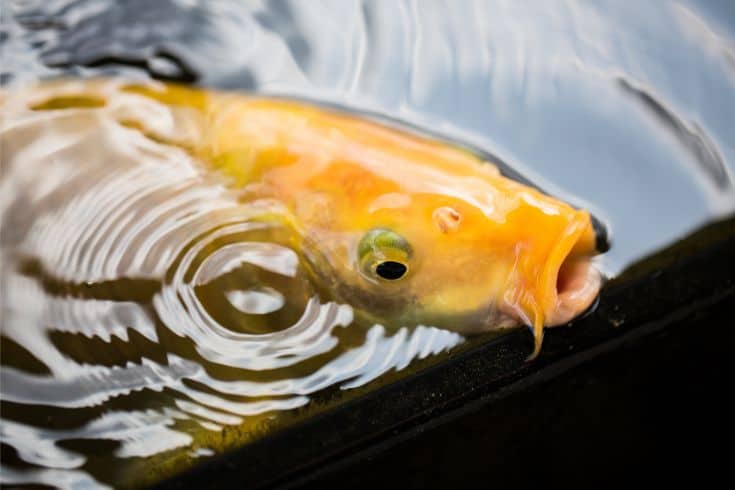
Gill movement is usually regular and slow, and if you spot your fish beginning to breathe very quickly, that’s an indication that oxygen levels in the water are too low, and the fish is struggling to breathe.
Shrimp and snails also have gills that work in much the same way as your fish’s, taking dissolved oxygen from the water. Marine animals, including sea slugs, have external gills that stick out like feathery, brightly-colored structures from the creature’s back.
In addition to their gills, bony fish have a physiological structure called an operculum. The operculum is a bony plate that protects the bills, opening and closing as the fish respires.
Metabolic Rate
Generally, tropical fish have a faster metabolic rate than coldwater fish. Since animals with a faster metabolic rate require more oxygen to survive than those whose metabolic rate is slower, fish that live in colder regions can theoretically live out of water for longer.
Oxygen Needs
Some fish species need more oxygen than others.
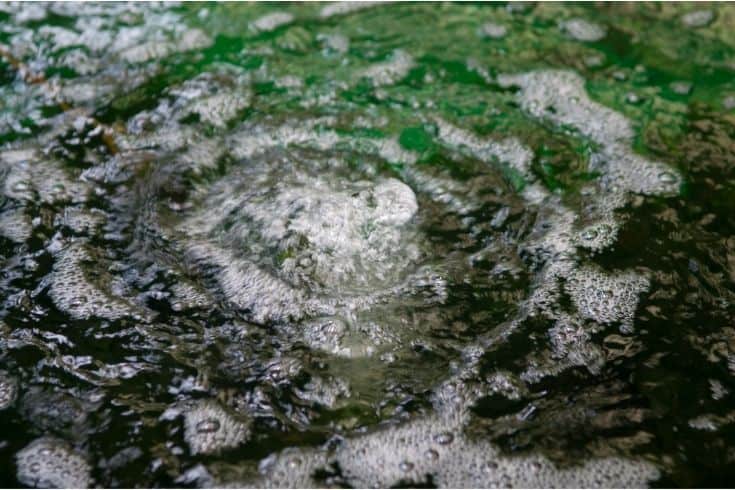
For example, goldfish use lots of oxygen, so they need a pond or aquarium with plenty of surface area for efficient gaseous exchange and a filter system that produces a high flow rate.
However, one time when I was cleaning out my goldfish pond, my cat hooked a fish out of the water and dropped it onto the decking, where the poor fish floundered around in the full sun for about five minutes until I realized what had happened!
Fortunately, the cat didn’t decide to make a meal of the fish, and I was able to return it to the water with no harm done.
Breathing Underwater Is Challenging!
Atmospheric oxygen contains roughly 200,000 parts per million (ppm) of oxygen. In comparison, water contains just 4 to 8 ppm of dissolved oxygen. So, the fish must pass a lot of water across its gills to obtain the oxygen it requires.
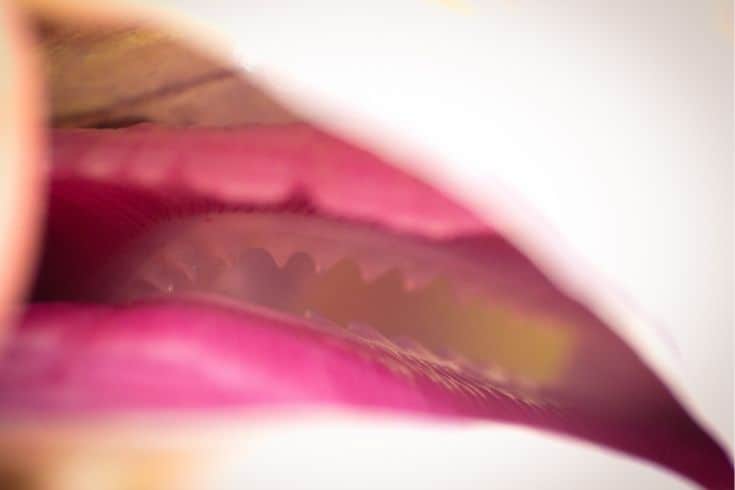
Captive environments can develop hypoxic “dead spots,” typically in areas where circulation is poor, and the substrate is compacted. In these areas, colonies of toxic bacteria develop, presenting a danger to your fish and other livestock.
That said, dead spots can occur in nature, too. For example, in 2019, human activity caused a massive dead zone in the Gulf of Mexico, resulting in a mass fish kill. Even the bag you bring your fish home in from the fish store can quickly run short of oxygen.
How Long Can Fish Survive Out Of Water?
Different species of fish can live for different periods of time, and several factors directly affect survival rates.
Types of Fishes
Regular aquarium fish, such as tetras, barbs, goldfish, Corydoras, rainbowfish, and the like, can’t usually survive for more than a few minutes out of the water.
However, there are a few exceptions to that rule.
Eels
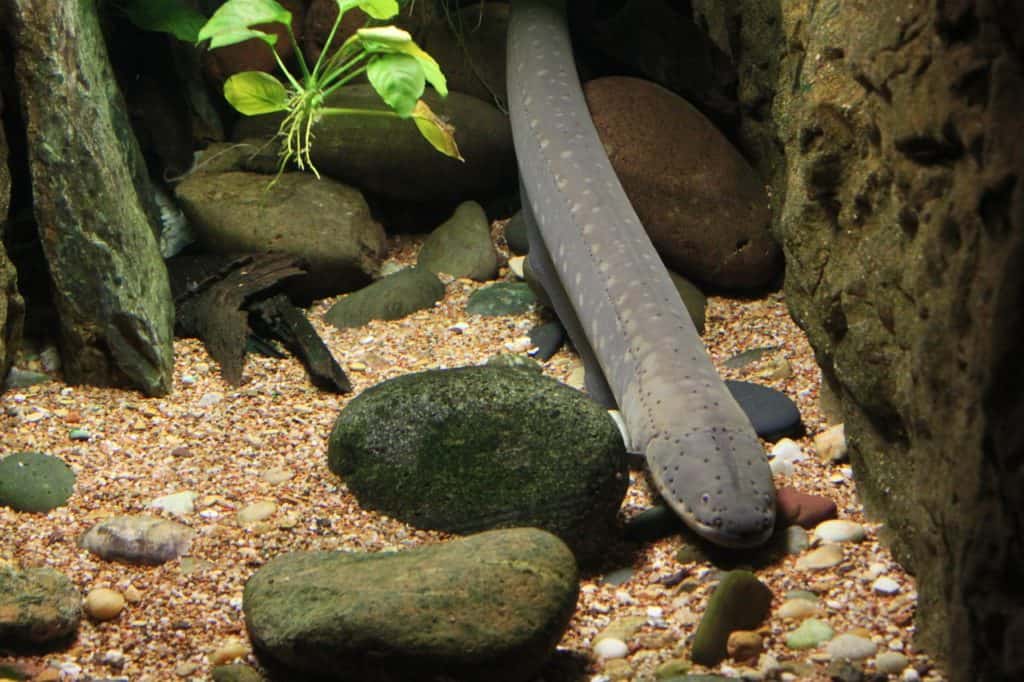
Eels must swim upriver to spawn. During their journey, these ray-finned fish must negotiate many obstacles, including traveling short distances across the land. So, how do they breathe?
Eels can absorb oxygen directly from the air through their skin, enabling the creatures to make their incredible, arduous journeys from the oceans to their freshwater river spawning grounds.
Climbing Perch
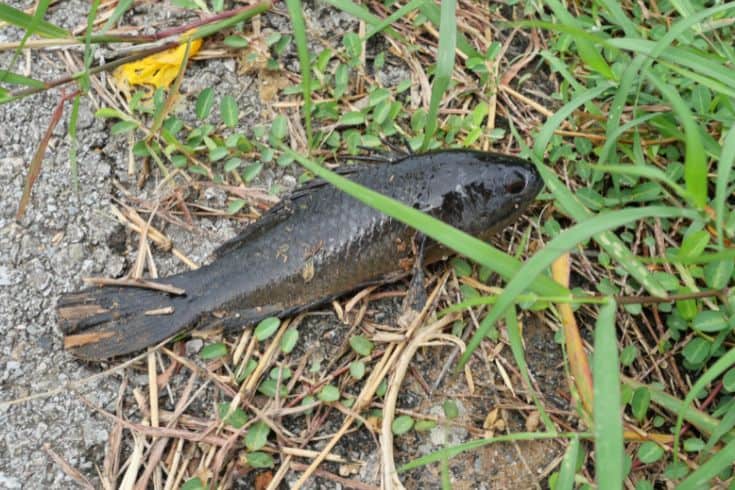
Climbing Perches (Anabas testudineus) come from India and China. These incredible fish belong to the same family as gouramis and can breathe out of water for extended periods of up to ten hours, provided their skin stays moist.
This type of fish is regarded as a food source, largely because they can be kept fresh for long periods in a relatively small quantity of water.
Labyrinth Fish
Gouramis and bettas are also called labyrinth breathers or Anabantoidei. These fish have an extra organ called the labyrinth organ, whose structure allows oxygen to be absorbed into a network of fine capillaries via thin bony plates called lamellae.
When water is scarce during the dry season, bettas can relocate from one water body to another. Provided the fish remains moist, it can survive pretty well for quite a while, using the labyrinth organ to breathe.
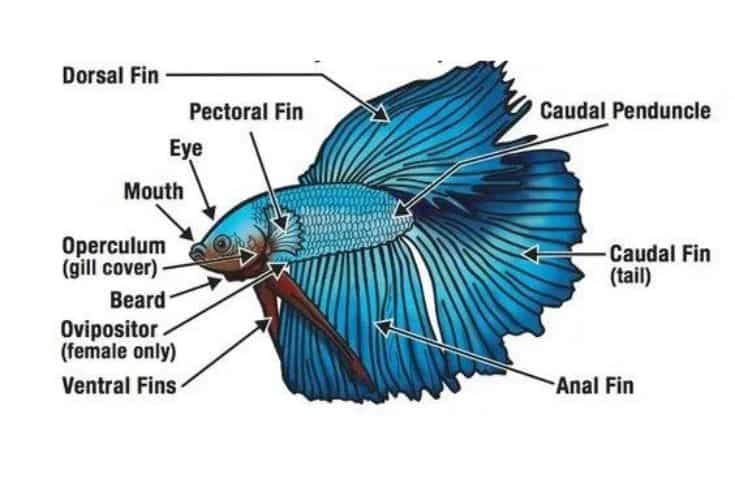
Labyrinth fish species in the aquarium regularly dart to the water’s surface to grab mouthfuls of air to supplement the dissolved oxygen they absorb from the water.
Large Ocean Fish
Ocean-dwelling animals such as blue whales, porpoises, and dolphins can breathe atmospheric air, although these creatures don’t have a labyrinth organ. That’s because these creatures are mammals like humans, not fish.
These animals have lungs and frequently visit the water’s surface to breathe through their blowhole. The blowhole closes once the animal has taken a breath so that water doesn’t get into the lungs once the creature is submerged.
Each time the dolphin or whale surfaces to take a breath, its blowhole opens, and water is blown out, creating an incredible fountain or spout that can be seen for miles.
Why Don’t Whales Drown?
Mostswhales can stay submerged for over an hour without having to surface to take a breath!
But how can they do that?
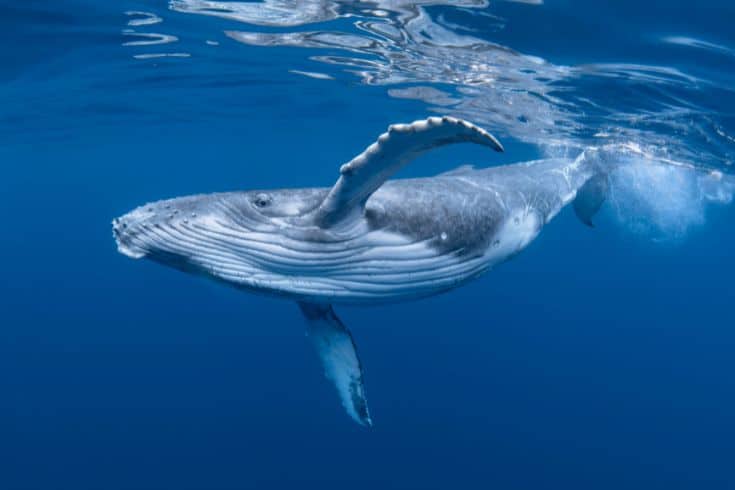
So, when you’re relaxed, you breathe around 12 to 20 times a minute, absorbing only 5% oxygen in each breath. Compare that to the whale, which can get up to 90% of the oxygen from every breath taken. Therefore, a whale doesn’t need to breathe as often as you do to get enough oxygen from every breath it takes.
Whales can slow their heartbeat while underwater, which restricts the blood supply to a few select organs, reducing the oxygen they need even further. In addition, whales’ lungs store oxygen in a protein called myoglobin that’s found in the animal’s muscles.
That’s how whales are able to stay underwater without breathing for so long!
Amphibious Fish Species
Some fish species are classified as amphibious, meaning that they can spend time on land as well as in the water.
Mangrove Killifish
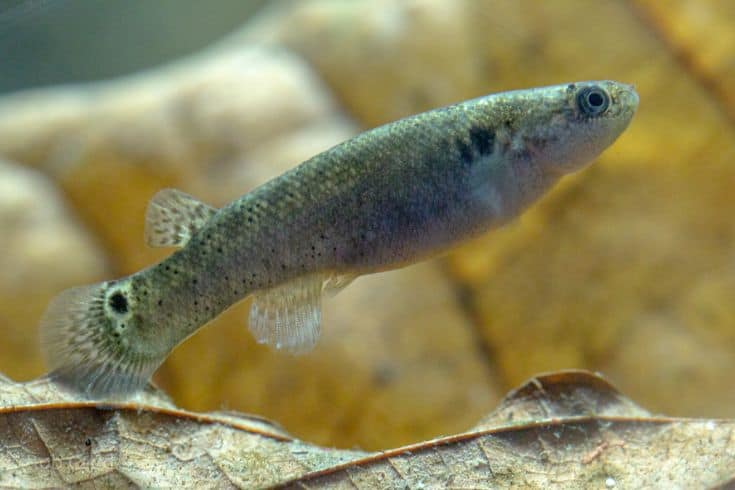
The Mangrove Killifish, also known as the Mangrove rivulus, come from certain areas in the Caribbean and Atlantic. These amphibious fish inhabit freshwater, brackish, and marine environments, especially estuarine waters and mangrove forests.
These weird-looking fish are amphibious, often living on dry land for up to two months, directly taking in the oxygen they need via their skin.
Mudskippers
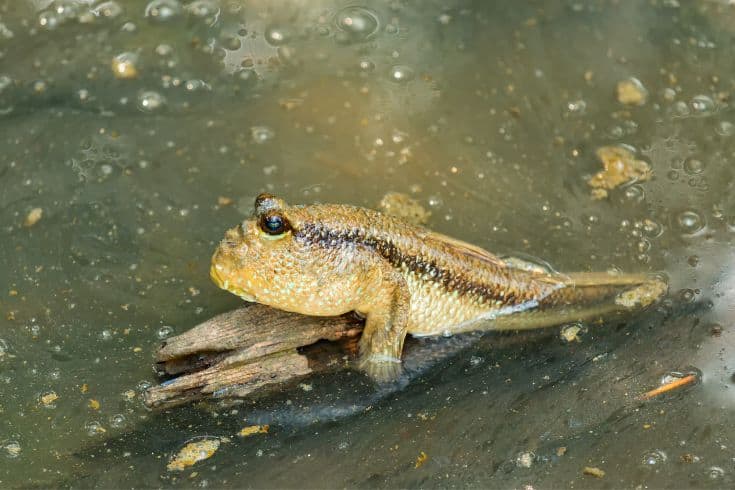
Several species of Mudskippers spend most of their lives out of the water, even being able to “walk” using specially positioned pectoral fins that work like legs, allowing the fish to drag themselves across the mudflats where they live. Mudskippers can climb trees and jump over two feet, using those incredible fins for propulsion!
To enable those incredible feats, the fish’s skin contains tiny capillaries that absorb oxygen from atmospheric air, enabling the fish to breathe through its skin!
Walking Catfish
Walking catfish (Clarias batrachus) come from Southeast Asia, often reaching up to 20 inches long.
Like Mudskippers, the Walking catfish uses its pectoral fins to propel it across dry land in its search for water during the dry season. In addition to gills, this amazing fish has a set of air-breathing organs that it only uses when out of the water.
Rockskippers
The Rockskipper fish is also called the Coral blenny (Istiblennius zebra).
This strange freshwater fish species live in exposed shallow pools, skipping or jumping from pool to pool in search of mates, food, or new territory. To breathe, the Rockskipper fish has reinforced cutaneous rods behind its gills.
Snakehead Fish
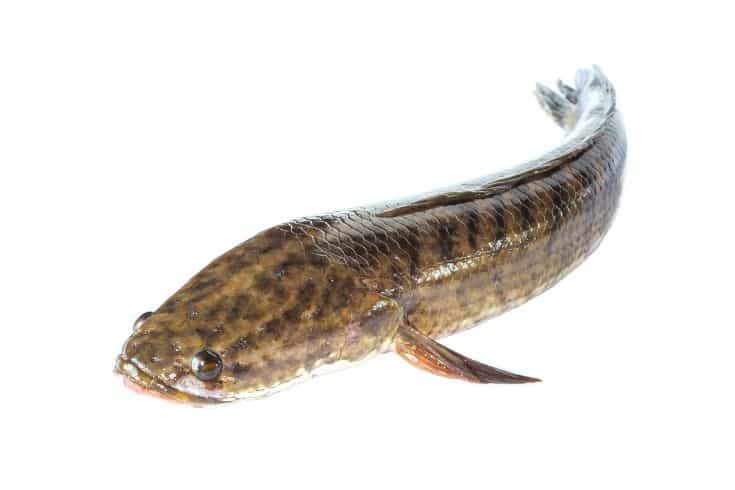
If you visit parts of Africa and Asia, you might come across the Snakehead fish. These fish are amphibious carnivores that can crawl out of the water to hunt on land.
Some Snakeheads are able to survive on land for an incredible six days, crossing large areas as they look for new habitats.
Lungfish
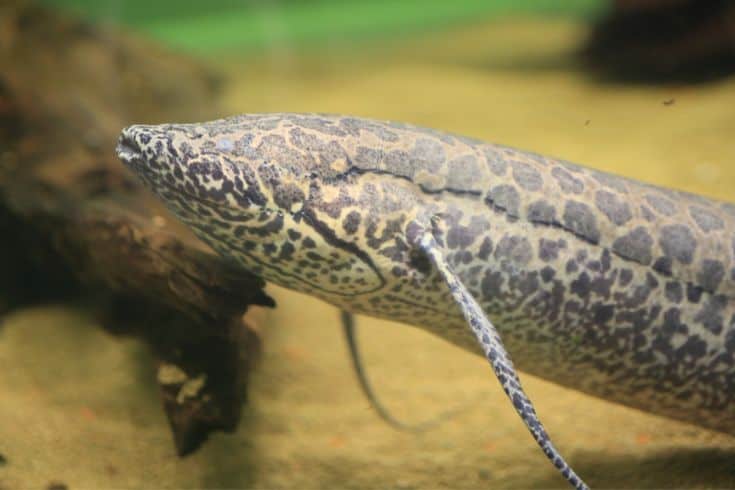
Lungfish are prehistoric freshwater fish that come from Australia, Africa, and South America, depending on the species.
These fish are descendants of the ancient Osteichthyes and are one of the only fish that can breathe on land and in water since they have both gills and lungs. When the water bodies the fish inhabit dry up in drought season, they become dormant, using only their lungs to breathe and surviving for as long as four years until they find water again.
FAQs
Here are the answers to some of the most frequently asked questions about how long can fish survive without water.
Q: Can fish breathe air when out of the water?
A: Most types of aquarium fish cannot breathe out of water. However, a few unusual fish can breathe atmospheric air, enabling them to live out of the water for short periods, provided that the surviving environment is moist.
Q: How long can fish go without oxygen?
A: Most fish can live for a matter of hours or a day or so without oxygen. However, that varies between species.
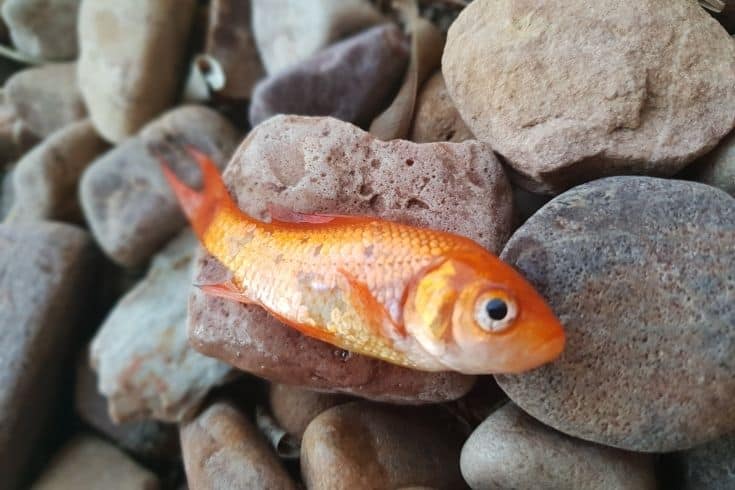
Q: How long can a catfish live out of water?
A: Most catfish only survive for around an hour once out of the water, although some species can live for longer.
Q: Do fish suffocate out of water?
A: Most fish don’t survive for long when taken out of water. That’s because fish breathe in dissolved oxygen in the water directly through their gills rather than taking it from the air. When exposed to air, the fish’s gills dry out and are unable to absorb atmospheric air.
Final Thoughts
Did you enjoy our guide to how long fish can survive out of water? If you did, please remember to hit the share button!
Now you know that most marine, coldwater, and tropical fish species can only live for a few minutes out of the water, be extra careful not to let them escape while carrying out routine maintenance tasks. We also recommend choosing a tank with a lid or cover slide in case of accidents.
Did you ever have a fish escapee on your living room carpet? Tell us your story in the comments box below!